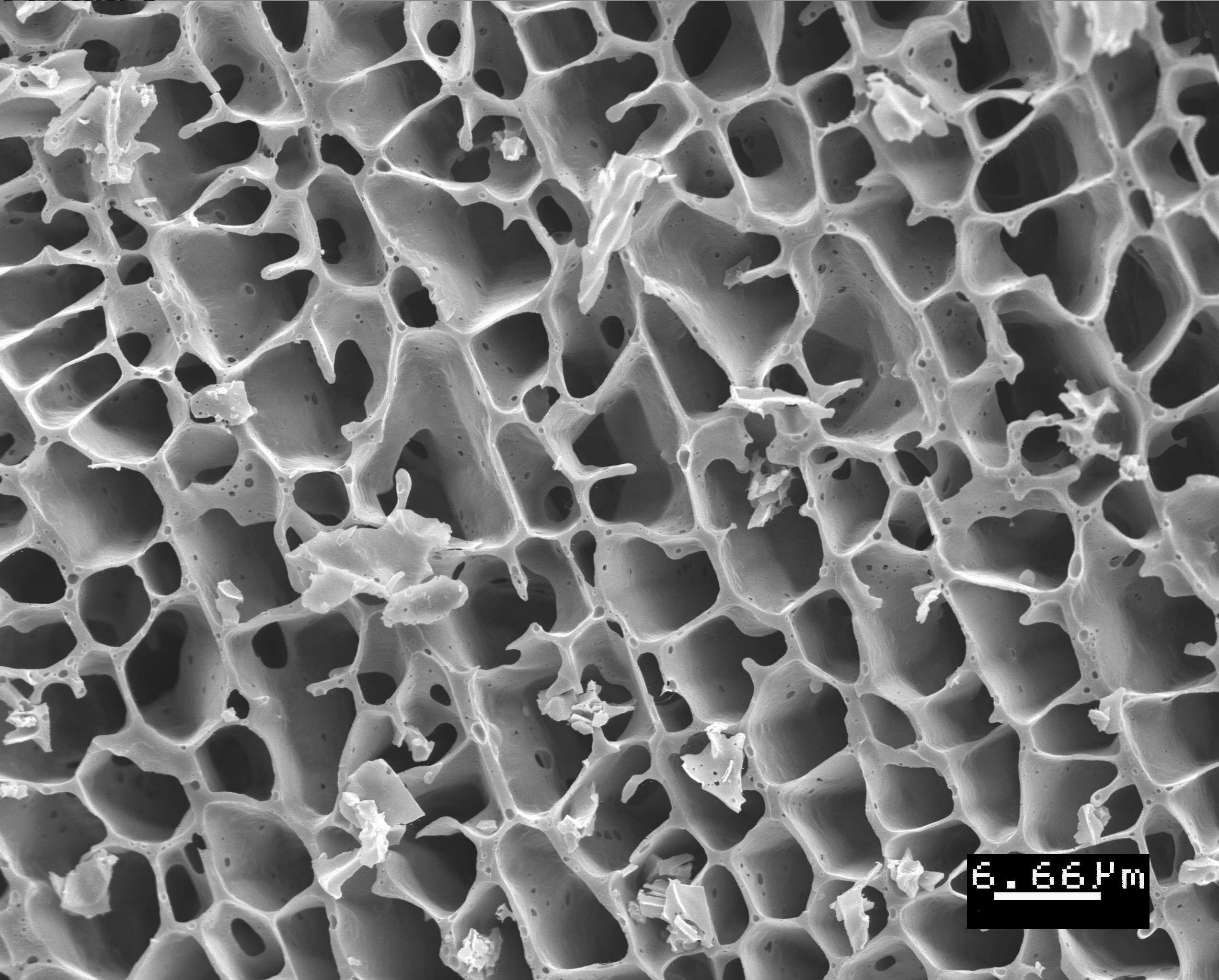 |
|
The objective was to determine the effect of different encapsulating agents (arabic gum (AG), maltodextrin (MD) and xanthan gum (GX)) and two different freezing methods (slow and fast)) on encapsulating efficiency of Cymbopogon citratus essential oil and on its release during storage. Retention of a- and b-citral, b-myrcene and linalool were determined by GC MS. Release of the encapsulated compounds was determined at 76% relative humidity and 30°C. The highest retention obtained was 78±9% for b-citral, 100±16% for a-citral, 81.6±5.8% for b-myrcene and 39.7±2.3% for linalool with the slow freezing protocol and a mixture volume:volume of 50% AG, 40% MD and 10% GX. Kinetic release during storage was exponential and fitted with the Avrami´s model. Lemongrass essential oil can be encapsulated by freeze drying using a mixture of arabic gum, maltodextrin and xanthan gum with a high retention of volatile compounds using a slow freeze protocol.
Keywords: Cymbopogon citratus, citral, myrcene, linalool, freeze-drying.
|
|
 |

